“Ian broke his wrist. We took him to the hospital and he got a cast put on. And we knew the session was coming up…” Up close with the 1974 Les Paul Custom that Ian Bairnson used to play the solo on Kate Bush’s Wuthering Heights – with his arm in a cast
When he tracked Wuthering Heights, Bairnson had a broken wrist, his arm in plaster, but as Pilot bandmate David Paton says, that wouldn't stop a man like him
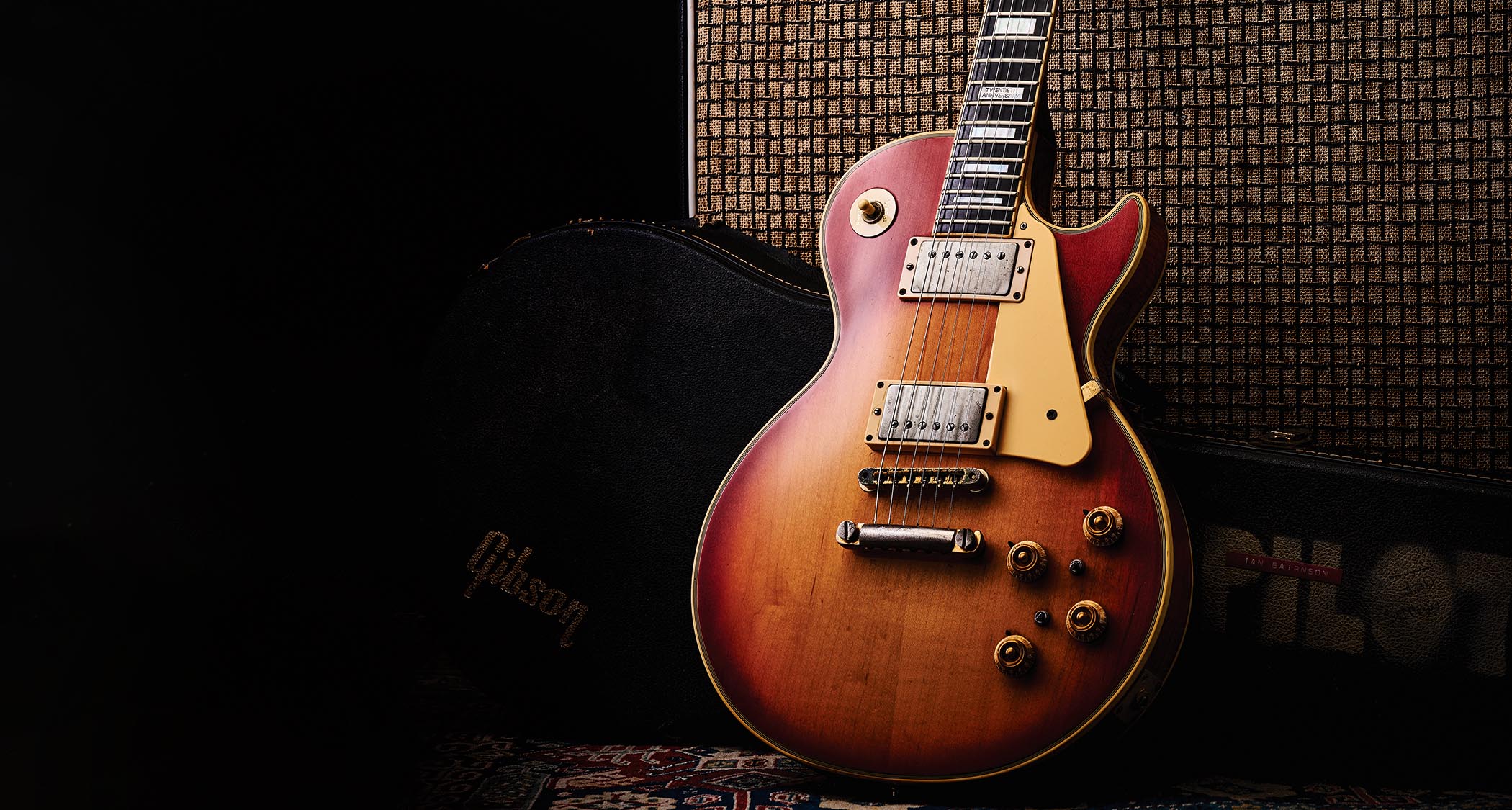
Ian Bairnson was already a successful session musician before he joined the band Pilot back in the early 1970s. The band’s single Magic was an instant hit on its release in 1974 and served to introduce Ian to Alan Parsons, who produced the early Pilot albums.
This led to Ian becoming a member of The Alan Parsons Project, playing on all the band’s album releases. Sadly, Ian was diagnosed with a progressive neurological condition in 2018 and passed away in 2023 after a long battle with dementia.
His family then took the tough decision to put his instruments up for auction in June at Gardiner Houlgate in Wiltshire, UK. Among them was this 1974 Gibson Les Paul Custom, which has the added distinction of being featured on Ian’s solo at the end of Kate Bush’s debut single, Wuthering Heights.
The guitar was bought brand-new from Take Five in London’s Shaftesbury Avenue in 1974 and quickly became Ian’s number-one instrument. As you can see, it has had several modifications, including a change of pickups and the addition of two mini-switches, which act as coil-taps for the humbuckers.
We asked Gardiner Houlgate’s head of guitar, Luke Hobbs, for the lowdown on the modifications to the guitar in its present form.
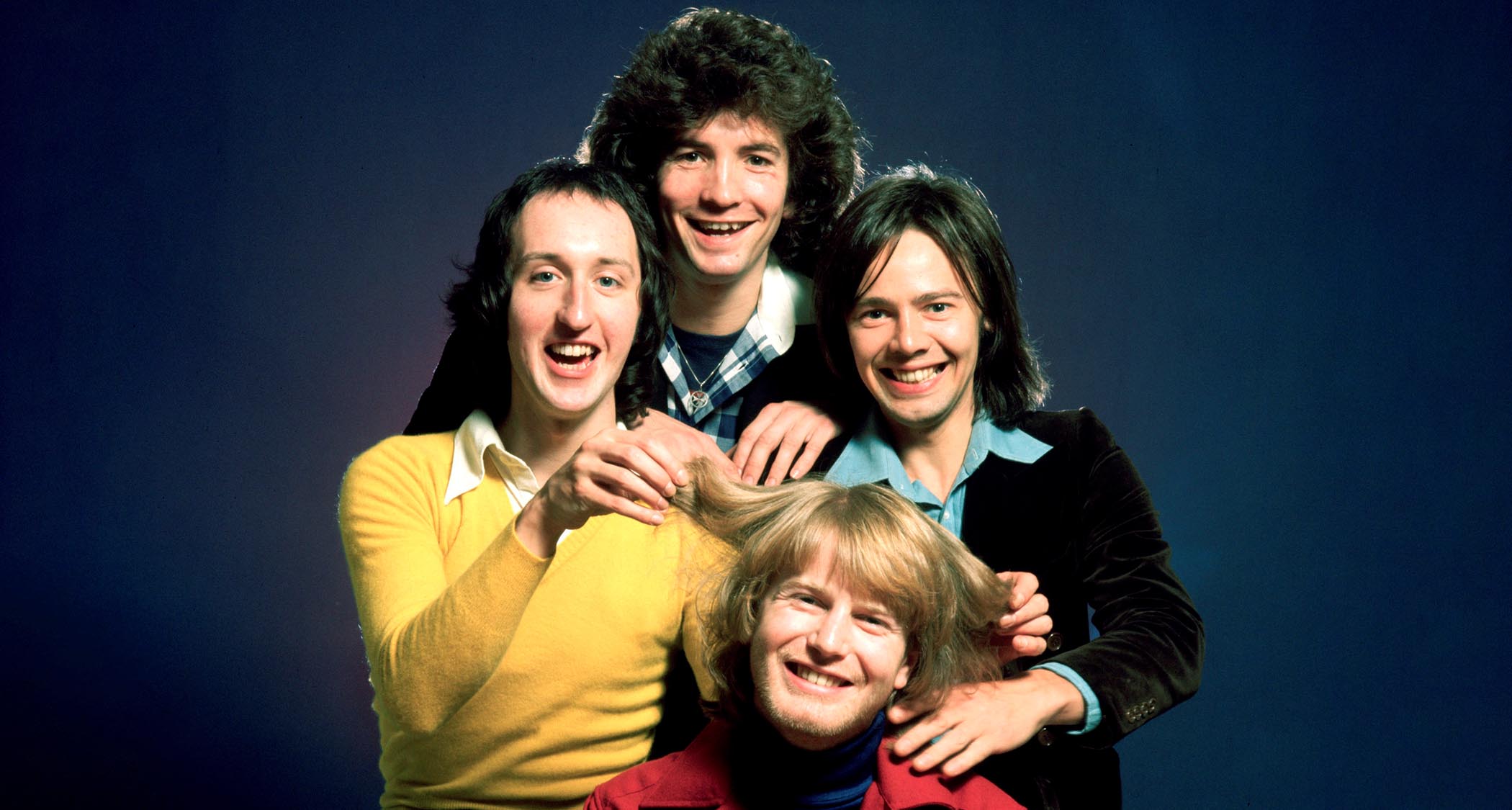
“Basically, they are Tom Holmes pickups that are currently installed; they’re supposed to be PAF replicas,” he tells us. “But the guitar was sold with the original pickups alongside the guitar. The tuners have been replaced with Schallers – they were just deemed to be more stable.
“The control knobs were replaced; it would have had the black ‘witch’s hat’ kind of knobs, and essentially it would have had all black hardware in terms of the plastics. The two pickup surrounds were replaced – they would have originally been black, as would the poker chip. The original black pickguard was included in the case… And I think that pretty much covers it.”
Get The Pick Newsletter
All the latest guitar news, interviews, lessons, reviews, deals and more, direct to your inbox!
Looking back to the early 1970s, David Paton – the bass player in Pilot and who also went on to play with Alan Parsons (and, in the mid-1980s, Elton John) – shares his memories with us here.
How did you first meet Ian?
“We met in Edinburgh. Ian played in a club called Tiffany’s – you may be familiar with the name as there was one in London, too – and I was asked to join the band with Ian on guitar. That would be about 1972. He then decided to move to London, so he left the gig at Tiffany’s in Edinburgh and moved to London and took up the gig at Tiffany’s there.”
I went up to the control room and he said, ‘What are you doing?’ I said, ‘Auditioning guitar players…’ and he said, ‘Why didn’t you ask me?’ So that was it: he was in the band
When did you invite Ian to join Pilot?
“We were recording in Abbey Road, the first album, just as a three-piece. The album was finished, including Magic, which I had played guitar on, but we didn’t have a strong enough intro. So we decided to re-record the intro to Magic and Ian was there at the time, so he agreed to play on the intro.
“Then he came along to the studio one time while I was auditioning guitar players. I went up to the control room and he said, ‘What are you doing?’ I said, ‘Auditioning guitar players…’ and he said, ‘Why didn’t you ask me?’ So that was it: he was in the band.”
Do you remember Ian’s ’74 Custom?
“Oh, I do, yes. Such a gorgeous guitar. I think he bought that after he joined Pilot, and that was 1974, so it must have been new, right?”
By the time it came up for auction there had been a few modifications made to it. Was Ian a modder in that respect?
“You know, Ian could be quite boring when you asked him about a guitar [laughs]. Because his knowledge was so comprehensive that he would tell you how many [wire turns] there were on his pickups and whatnot. He was really, really into it. So he certainly had a lot of knowledge and whoever the technician he worked with was, I’m sure Ian’s input was quite substantial.”
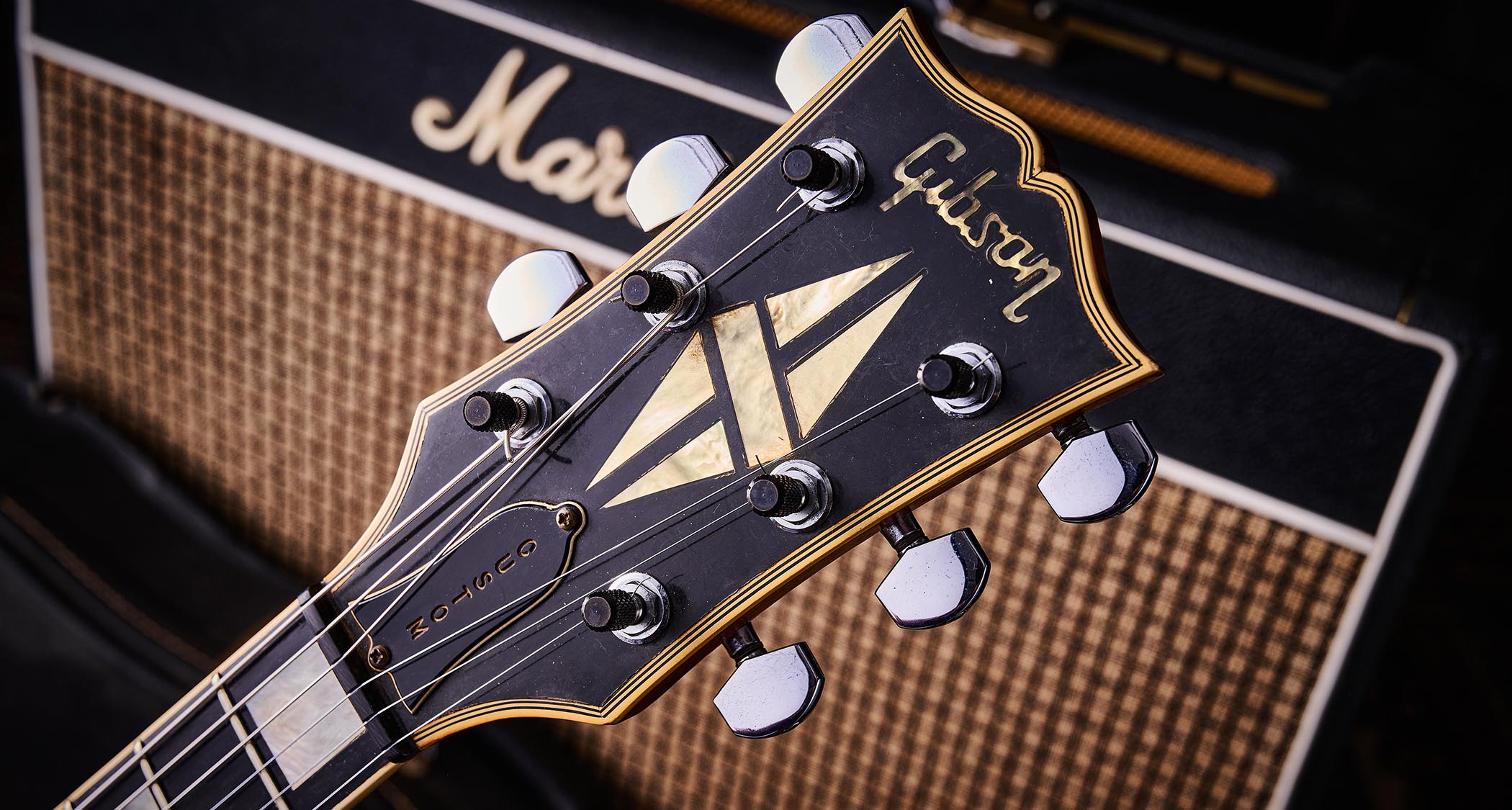
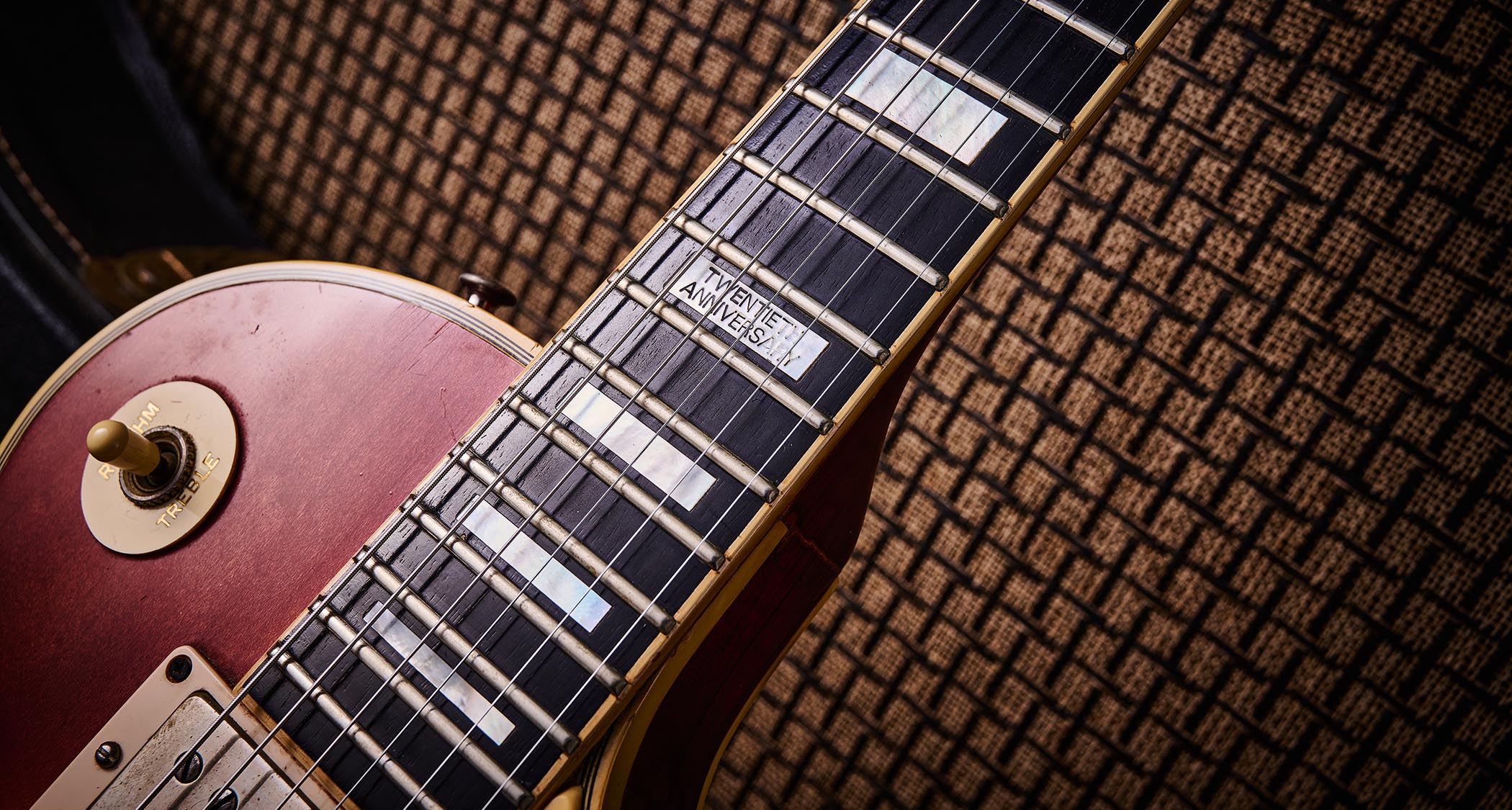

And you both went on to work with Kate Bush.
“We did. We did a lot of things like that together. The Kate Bush session was perfect for us. We didn’t want to continue with Pilot any more and session work was the ideal thing. I think that was about ’76 or ’77 and there seemed to be plenty of it for us.
“It was Andrew Powell, who did a couple of string arrangements for the Pilot singles, he produced the first two albums for Kate Bush, and Andrew wanted Ian and I to participate in that particular session. I played 12-string guitar on Wuthering Heights.”
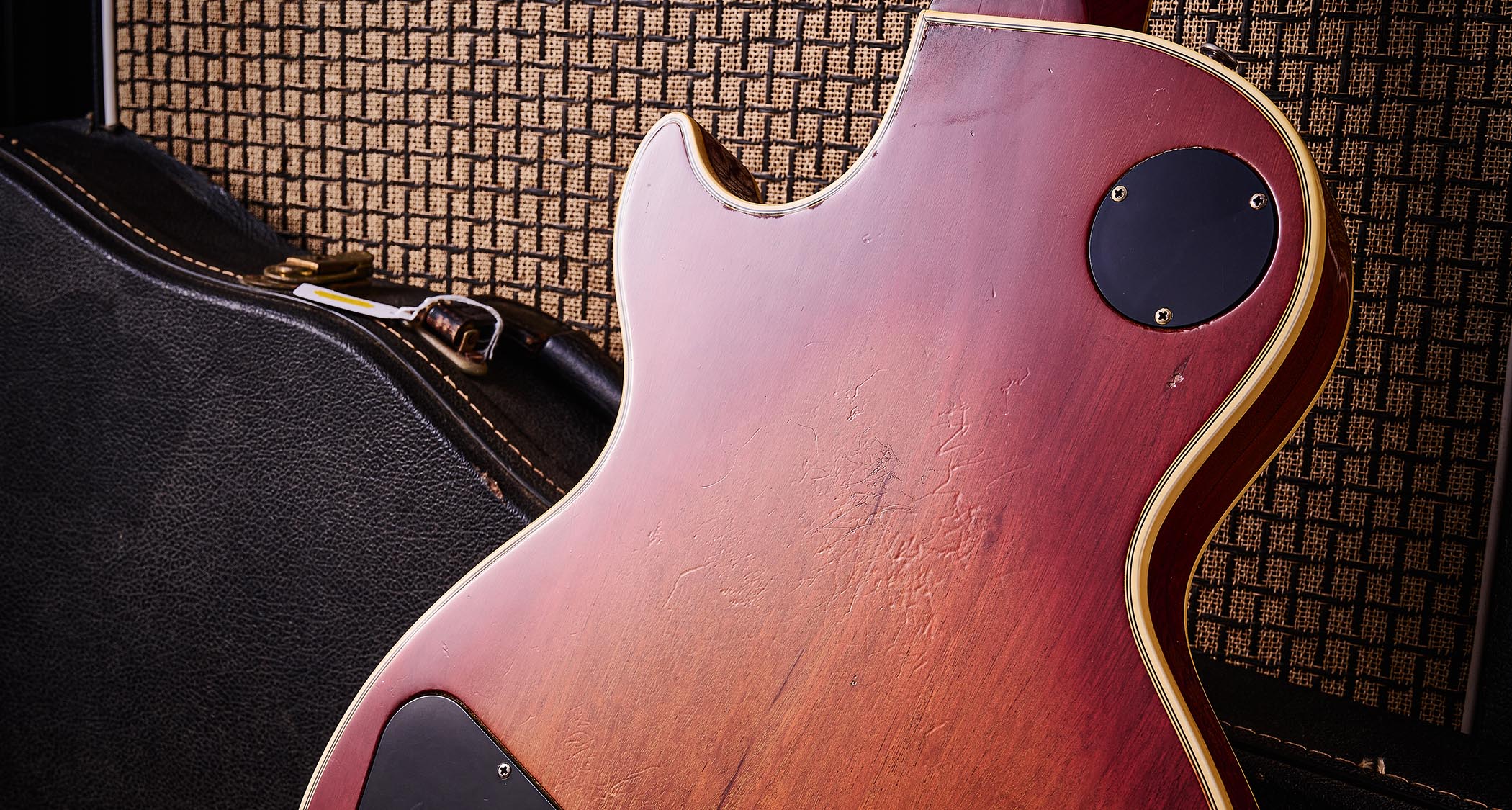
Is it true that Ian played the solo with his arm in a cast?
“Yes. Ian and I shared lots of mutual interests and one of these was trail bike racing. We had a couple of bikes in Edinburgh and we used to go into the hills to the firing ranges and do our tricks up there. And Ian just happened to do something that was a bit beyond him and came off the bike badly and broke his wrist.
“When we got back to the house, I said, ‘Tomorrow, you’ll be fine. You’ve just sprained it,’ without realising that he’d actually broken it. It began to swell up quite a bit, so we took him to the hospital and he got a cast put on. And we knew that the session was coming up…”
Which arm was it?
“I think it was his right. I’ve got a picture of him on a bike with this cast on somewhere.”
- Guitarist would like to thank Luke Hobbs at Gardiner Houlgate for giving us access to Ian’s Les Paul Custom.
With over 30 years’ experience writing for guitar magazines, including at one time occupying the role of editor for Guitarist and Guitar Techniques, David is also the best-selling author of a number of guitar books for Sanctuary Publishing, Music Sales, Mel Bay and Hal Leonard. As a player he has performed with blues sax legend Dick Heckstall-Smith, played rock ’n’ roll in Marty Wilde’s band, duetted with Martin Taylor and taken part in charity gigs backing Gary Moore, Bernie Marsden and Robbie McIntosh, among others. An avid composer of acoustic guitar instrumentals, he has released two acclaimed albums, Nocturnal and Arboretum.
“What blew me away was that everyone wanted the curly maple top. People were calling, saying, ‘I’ve got to have the bird inlays’”: Paul Reed Smith on raising the Standard 24, finally cracking the noise-free guitar and why John Sykes is a tone hero
“It combines unique aesthetics with modern playability and impressive tone, creating a Firebird unlike any I’ve had the pleasure of playing before”: Gibson Firebird Platypus review





![[from left] George Harrison with his Gretsch Country Gentleman, Norman Harris of Norman's Rare Guitars holds a gold-top Les Paul, John Fogerty with his legendary 1969 Rickenbacker](https://cdn.mos.cms.futurecdn.net/TuH3nuhn9etqjdn5sy4ntW.jpg)





